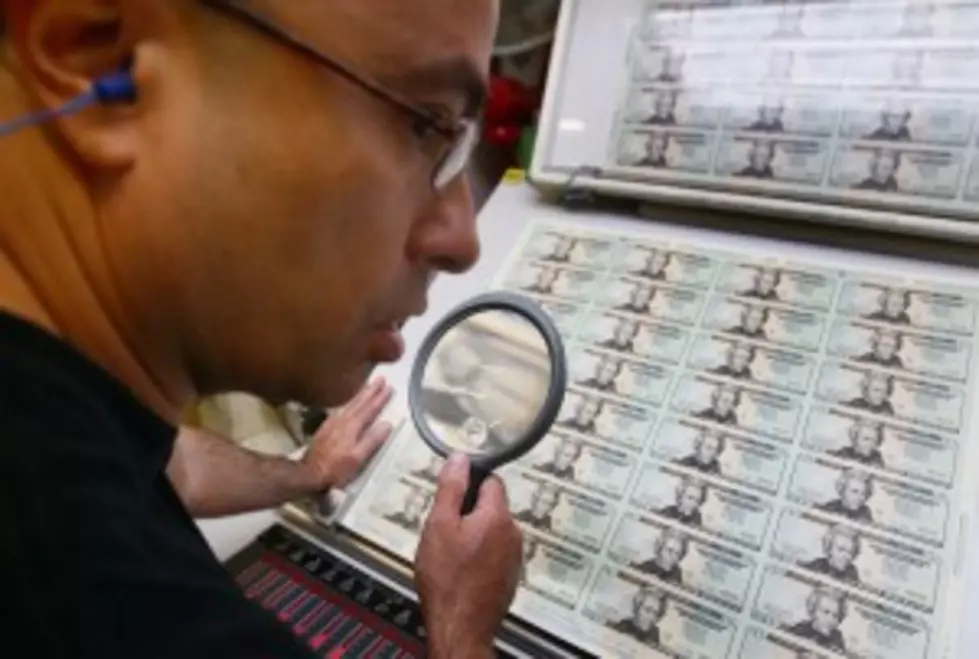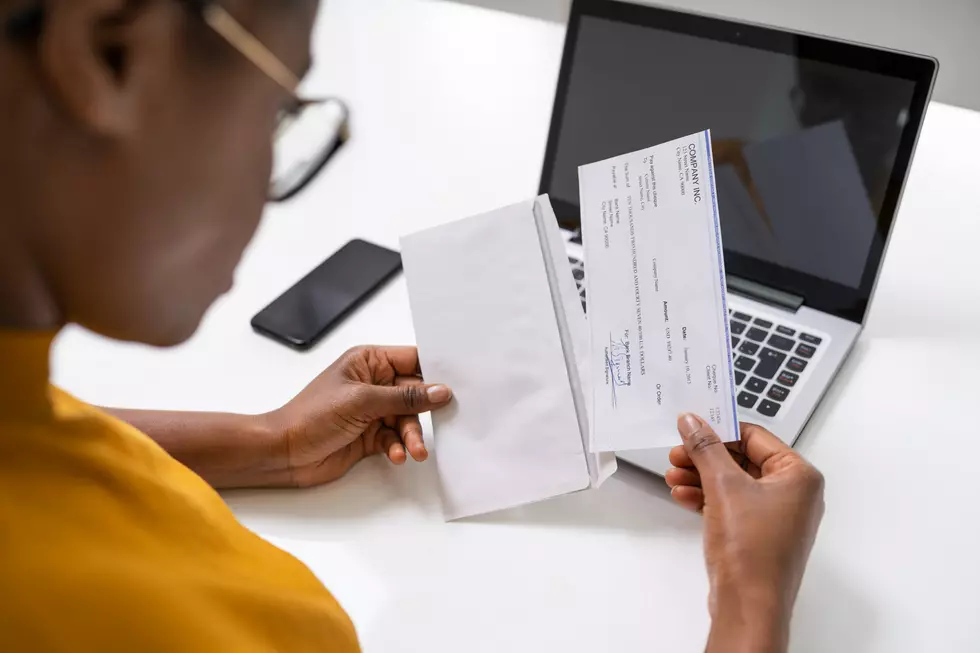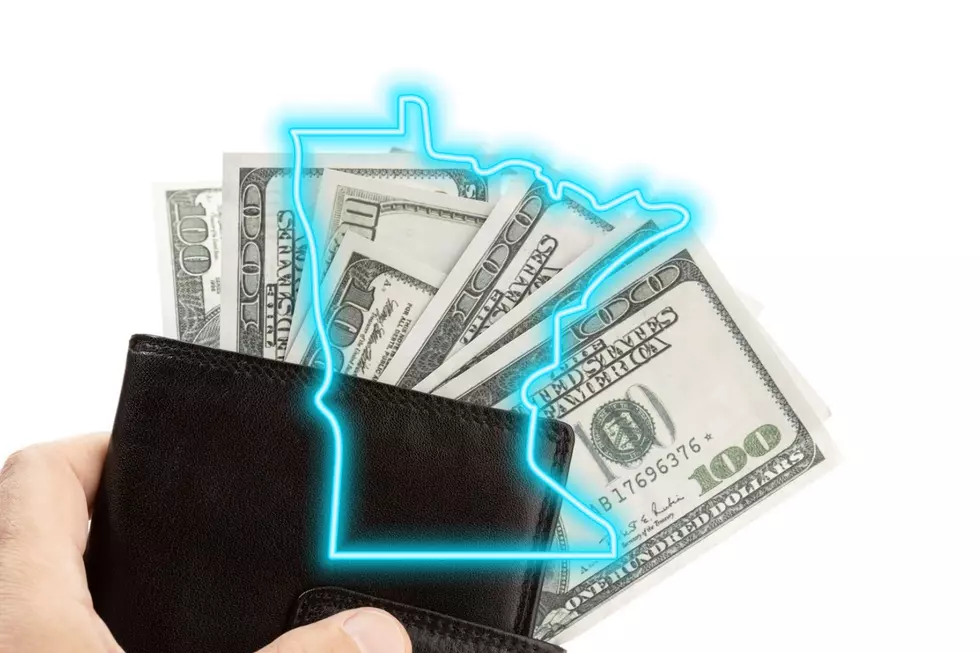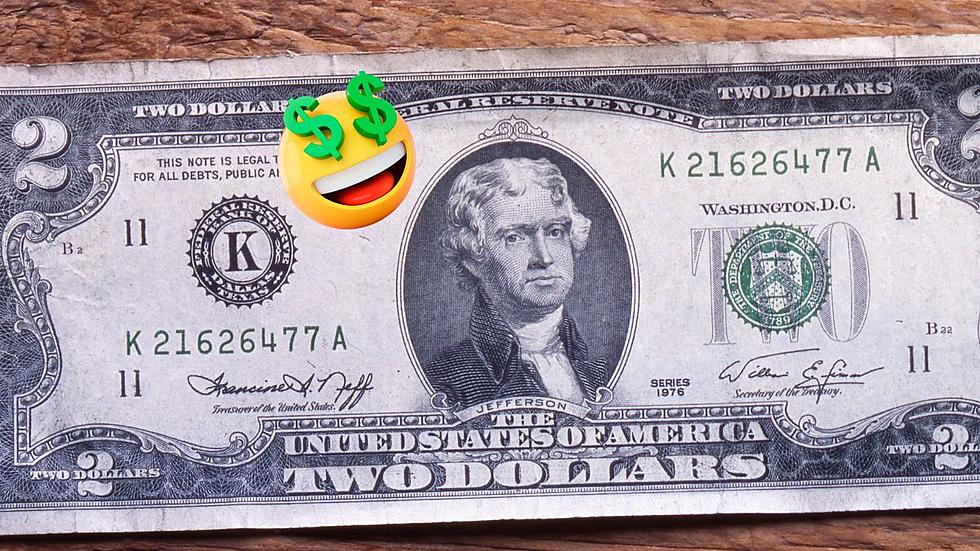
You Could Be Carrying Counterfeit Bills In Your Wallet!
I was floored when I read that a woman had no idea that she was carrying three counterfeit $100 bills...and she got them from a BANK!!!
I would NOT know the difference, AND if I used fake money to pay for something and they busted me, even though I was innocent in not knowing it was fake, I would still feel guilty and would LOOK guilty! How embarrassing!!!! To avoid embarrassment, I thought I'd share the security features set up by our U.S. Treasury Department. Hope it helps....
The security features found in United States currency are selected after extensive testing and evaluation of hundreds of bank note security devices.
Security Features Introduced in Series 1996 Notes:
Watermark: The watermark is formed by varying paper density in a small area during the paper making process. The image is visible as darker and lighter areas when held up to the light. Since the watermark does not copy on color copiers or scanners, it makes it harder to use lower denomination paper to print counterfeit notes in higher denominations and is a good way to authenticate the note. It depicts the same historical figure as the engraved portrait.
Color-Shifting Inks: These inks, used in the numeral on the lower right corner of the face of the note, change color when the note is viewed from different angles. The ink appears green when viewed directly and changes to black when the note is tilted.
Fine-Line Printing Patterns: This type of line structure appears normal to the human eye but is difficult for current copying and scanning equipment to resolve properly. The lines are found behind the portrait on the front and around the historic building on the back.
Enlarged Off-Center Portraits: The larger portrait can incorporate more detail, making it easier to recognize and more difficult to counterfeit. It also provides an easy way for the public to distinguish the new design from the old. The portrait is shifted off center to provide room for a watermark and unique "lanes" for the security thread in each denomination. The slight relocation also reduces wear on most of the portrait by removing it from the center, which is frequently folded. The increased image size can help people with visual impairments identify the note.
Low-Vision Feature: A large dark numeral on a light background on the lower right corner of the back. This numeral, which represents the denomination, helps people with low vision, senior citizens and others as well because it is easier to read. This feature first appeared on the Series 1996 $20 note.
Also, a machine-readable feature has been incorporated for the blind. It will facilitate development of convenient scanning devices that could identify the denomination of the note.
Information via: U.S. Department of Treasury and U.S. Secret Service: Know Your Money
More From B105









